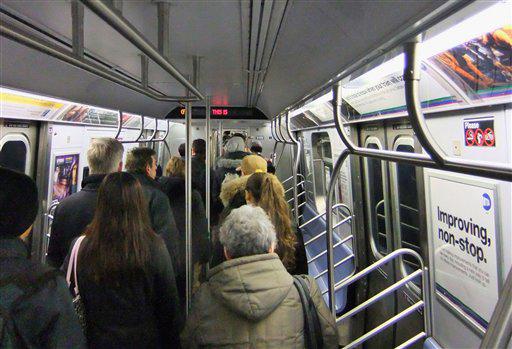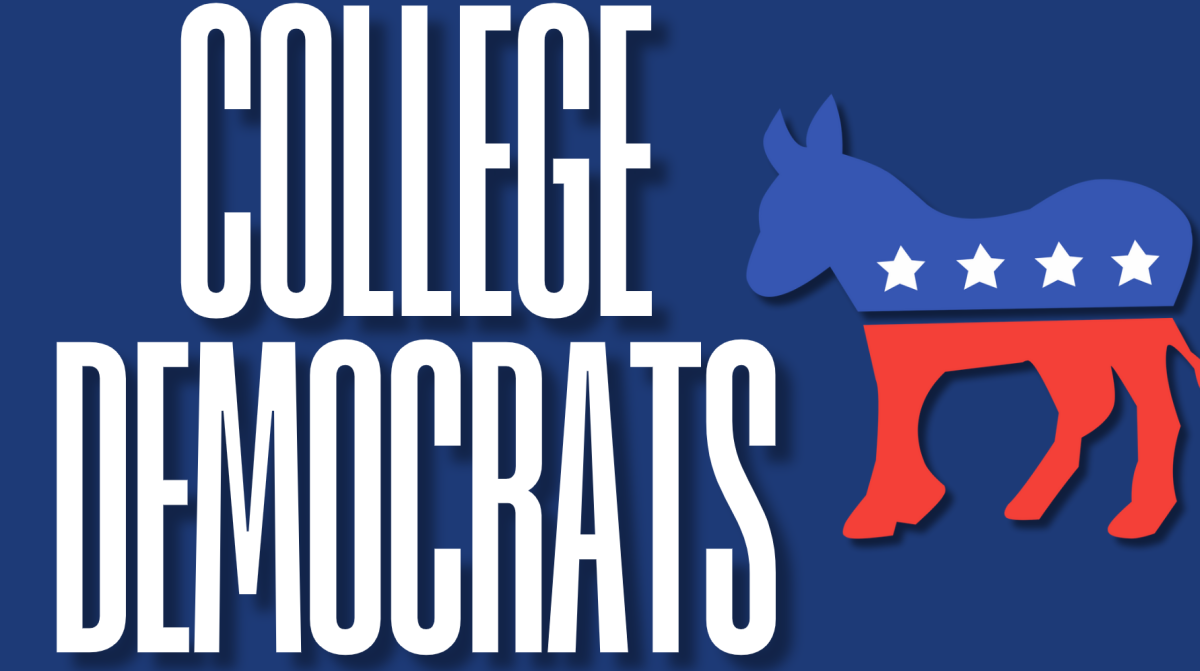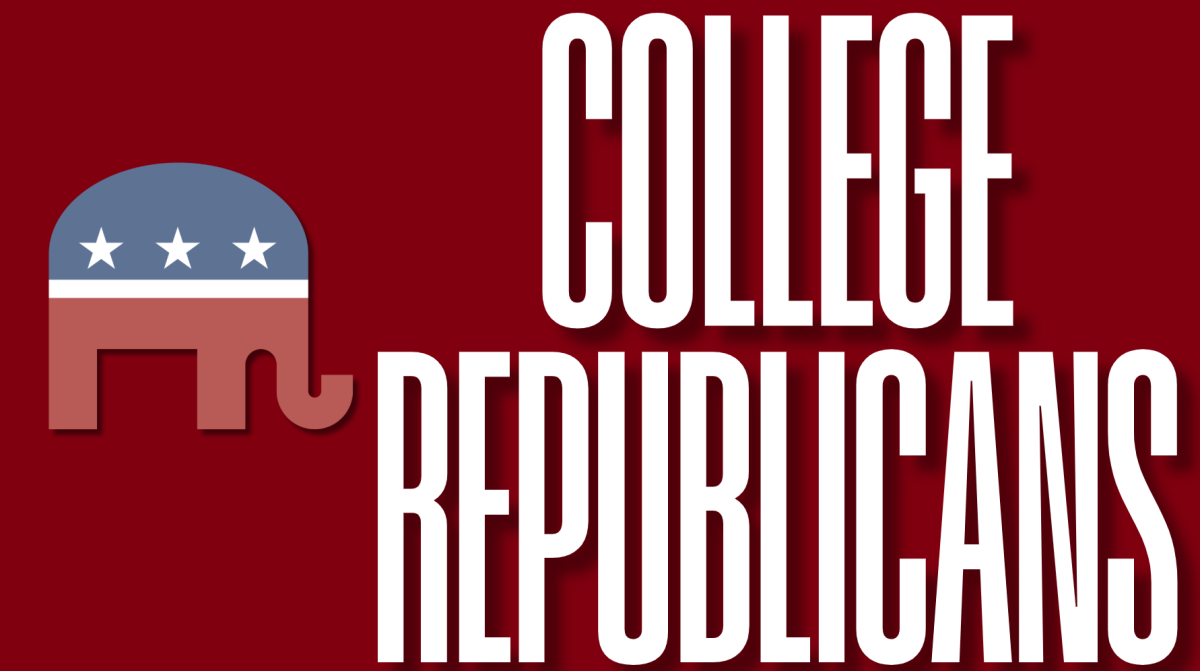By Margarita Artoglou

Every time I use my MetroCard on the BX22 bus on my way to work, I cringe a little at the loss of $2.50. The same applies for the ride back.
Many New York City commuters have to pay even more than my typical five dollar round-trip fare. This may not seem like a lot of money at first, but to a lot of people that $2.50 swipe, soon to be $2.75 due to fare hikes that will go into effect on March 22, is significant.
Seattle’s public transit system seems to understand the financial burden faced by customers who rely on the public transportation system. It has rolled out a plan to begin charging customers depending on income in order to provide low-wage workers with a cheaper way to get to work.
Seattle is currently implementing the proposed pricing system among some Seattle commuters experimentally. The New York Times reported that so far, travelers have said that the price changes have made a huge difference in helping them to better manage their household finances and care for their families.
Perhaps New York should follow in Seattle’s footsteps. An MTA report from 2008 stated that 750,000 commuters travel for over an hour to work every day. Of these travelers, two-thirds earn under $35,000 a year. These workers, who face long and expensive commutes every day, could certainly use a break in their daily expenses.
While it sounds like an excellent idea that could benefit a lot of people who need the extra cash, it would seem that New York’s transit system is far away from taking this kind of step. Looking into the MTA’s recent history reveals that saving its riders money is not very high on its list of priorities.
Only a few years ago, the MTA considered putting an end to the free MetroCard program for NYC public school students, which would have put an enormous strain on the many households that rely on their children having free passage to school. Student MetroCards were not cut in the end, but the fact that the MTA contemplated ending the program demonstrates its lack of initiative when it comes to cutting costs for riders.
Furthermore, when the price increases were announced in January, many unhappy customers reported that they felt the open forums held by the MTA for people to voice their concerns about prices were merely a farce. Essentially, New Yorkers feel that the MTA will do what it wants, whenever it wants.
Because the city is so dependent on public transportation, citizens feel powerless. After all, even when the MTA decides to implement higher prices, it is still the cheapest, and often the only, option for those who do not own cars.
I understand that NYC’s public transportation system is massive and costs a lot to operate, thus necessitating price increases. Additionally, the MTA is currently facing a $15 million deficit, so right now is not the most opportune time to implement a new pricing system.
We probably will not see the MTA adjust the subway and bus fare to the incomes of riders anytime soon. However, it is a worthwhile endeavor for the city to look into if it wants to keep some of its most loyal customers. Perhaps one day the MTA will be in a place where it can consider following Seattle’s proposed plan.
Margarita Artoglou, FCRH ’18, is a Communications and Media Studies Major from Queens.














































































































































































































